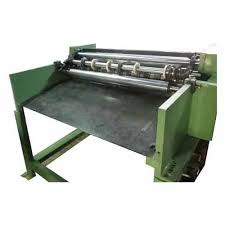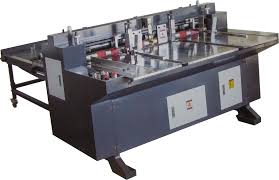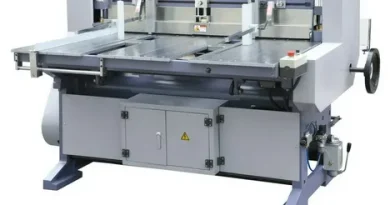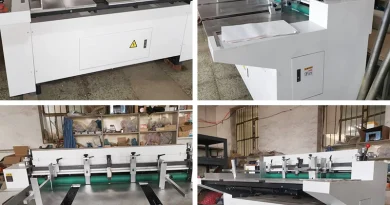Revolutionizing Packaging: The Pivotal Role of Cardboard Manufacturing Machines
In the dynamic world of packaging and logistics, the demand for reliable, sustainable, and versatile packaging solutions has led to significant advancements in cardboard manufacturing machinery. From corrugation machines that create durable cardboard sheets to cutting and slitting machines designed for precise customization, these technologies play a critical role in the global supply chain. This article explores the innovation and functionality of cardboard manufacturing machines and their impact on the packaging industry.
Core Technologies in Cardboard Production
- Corrugation Machines: At the heart of cardboard production, corrugation machines combine layers of paper to create corrugated cardboard, known for its strength and durability. These machines are key to producing the foundational material used in a vast array of packaging solutions.
- Cutting and Slitting Machines: For precise dimensioning, cutting, and slitting machines trim corrugated sheets into specific sizes and shapes, ready for assembly into boxes and other packaging forms. Their precision ensures that packaging meets exact specifications for product protection and presentation.
- Printing Machines: Adding branding and information, printing machines are used to apply designs and text to cardboard. This step is crucial for marketing, instructions, and compliance with shipping regulations.
Advancements in Technology
Recent technological advancements have greatly enhanced the efficiency and capabilities of cardboard manufacturing machines. Automation and computerized controls allow for faster production speeds, reduced waste, and increased precision. Moreover, the integration of digital printing technologies has opened up new possibilities for customization and short-run production, making it easier for companies to respond to market demands with agility.
Sustainability and Environmental Considerations
Sustainability is a driving force in the evolution of cardboard manufacturing machinery. Modern machines are designed to be more energy-efficient and to maximize material use, reducing waste. The ability to process recycled materials is also a critical feature, supporting the industry’s move towards more sustainable packaging solutions. These efforts not only help companies meet regulatory and consumer demands for environmental responsibility but also contribute to reducing the packaging industry’s carbon footprint.
The Impact on the Packaging Industry
The advancements in cardboard manufacturing machines have had a profound impact on the packaging industry. Increased efficiency and flexibility have enabled manufacturers to produce higher volumes of packaging at lower costs, while also allowing for greater customization. This has led to innovations in packaging design, improved product protection, and enhanced branding opportunities. Furthermore, the focus on sustainability has helped companies improve their environmental impact, an increasingly important factor in consumer decisions.
Looking Forward
The future of cardboard manufacturing machines promises even greater innovation, with potential developments in automation, material technology, and sustainable production practices. As the industry continues to evolve, these machines will remain at the forefront of packaging technology, shaping how products are protected, presented, and perceived.



